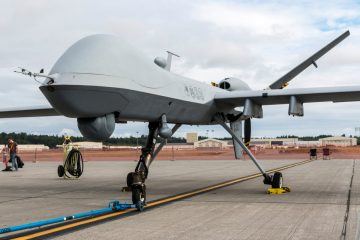 Sam Moyn over at the Quincy Institute:
Sam Moyn over at the Quincy Institute:
Since September 11, 2001, American policy in matters of war has abandoned the restraints in the U.S. Constitution and international law, with grievous results not merely for wrongful victims of war (such as the abused captives in Guantánamo Bay or civilians killed in drone strikes) but also for those whom the laws governing how war is conducted were never devised to protect. In focusing exclusively on harms to abused captives and civilians killed as “collateral damage,” American debate has ignored a wider set of wrongs. These include the death and injury of fighters themselves on both sides, including long-term post-traumatic stress; the fate of populations under increasing surveillance and constant threat of force; and the enormous costs of an “endless war” footing that whole societies must bear. In the American case, these costs come to trillions of dollars.
With rare exceptions, debate has focused in the honorable but wrong place: on making the conduct of war less brutal and more plausibly legal.[1] In the later years of George W. Bush’s administration, the United States sought to make his war on terror more humane while lending it greater legitimacy; the harshest treatments of detainees, notably those fairly considered torture, were eliminated. The ironic result was that the war on terror endured. Endless war was elaborated during the presidency of Barack Obama, with its pivot away from heavy-footprint interventions to light– and no-footprint operations involving armed drones, standoff missiles, and special forces. Surprisingly, the same pattern has continued under President Donald Trump. His rhetoric of brutality and his contradictory promises to bring troops home notwithstanding, Trump has adopted no dramatically new methods while intensifying many of the conflicts he inherited.
More here.
